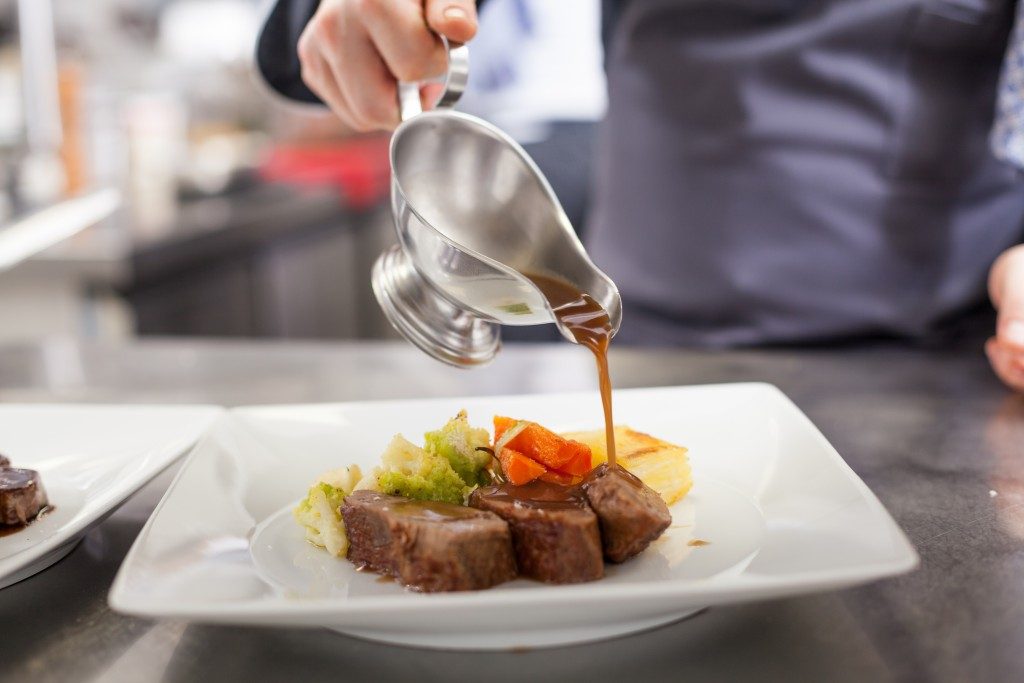If someone is looking for a new place to live, or maybe scouting real estate opportunities, what are the things they look for in neighborhoods?
People have various considerations regarding what indicates that a city or community is “on the rise” and which ones they should drive past with the windows rolled up. Some signs are obvious.
Someone probably won’t label a neighborhood that’s crime-ridden and lacking in important infrastructure as “up and coming.” Conversely, communities with great schools, well-paved roads, and maintained public parks are more likely to catch an investor’s eyes. Cities with an influx of new jobs can also attract the interest of investors. The value of properties for sale in Eagle Mountain, Utah, for example, could rise because of the opening of a meat processing plant in the vicinity.
But are people aware that a place’s food scene can make the neighborhood come alive?
Bring on the Foodies
Good food can bring good crowds. Creative restaurants, wine bars, and artisanal delis can all be part of a city’s thriving food scene. Harlem restaurants have undergone extensive renovations to attract more kinds of customers to their establishments. Today, Indian tea houses share the neighborhood with wood-fire pizzerias and New American restaurants.
This level of culinary fusion and creativity brings in foodies from near and far. Food tourists can sometimes come from as near as only 50 miles to as far as other countries to enjoy what edible masterpieces the local menu has to offer. A survey of almost 3,000 food tourists revealed 18 percent of them left home to experience gourmet dining. For 46 percent of the respondents, the authenticity of the food was their biggest motivator for visiting a foreign location.
An influx of food tourists and people two towns overlooking for exciting new meals can bring in other hospitality trades, like hotels. These can raise the value of a neighborhood or city, giving you more incentive to purchase property in the area.
But it’s not just restaurants and tea houses that can spice up a neighborhood. Even the right supermarket can change a community.
Food Markets Changing Real Estate Markets

Simply owning a home near the right kind of supermarket can increase its value. Analysis by industry experts showed that the prices of homes within a single mile of a new Trader Joe’s or Whole Foods were higher than median values. Houses that were within this proximity to outlets of either supermarket chains grew in value much faster than other houses in the same locale.
Modern prospective homeowners apparently put a lot of stock, pardon the pun, in supermarkets. You can probably appreciate the convenience of being able to walk to a supermarket for any food cravings. These supermarket chains also carry food choices that are harder to find than the average fare, like organic fruits and sustainable fish and poultry.
Concepts of what makes a neighborhood great, and up and coming, are slowly changing. Today, people are adding “lively culinary scenes” and “within walking distance of a Whole Food” to what they look for in a new home. Until such time that new trends replace this delicious development, families lucky enough to live in these food-rich neighborhoods only have to step outside their doors and tuck in.

